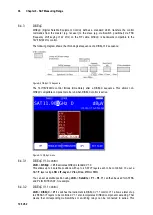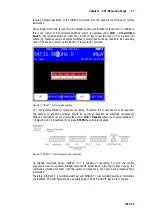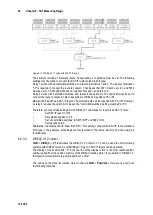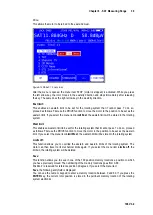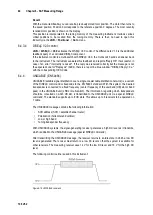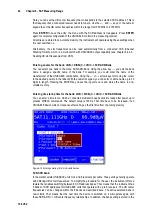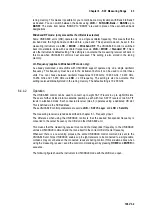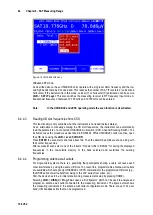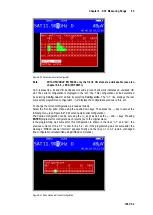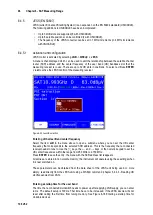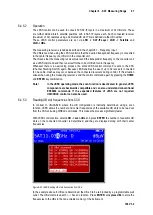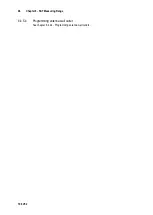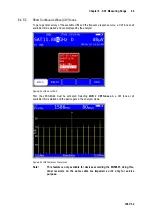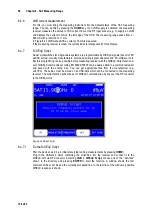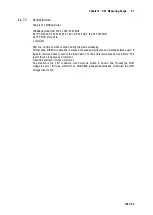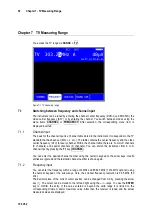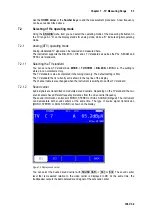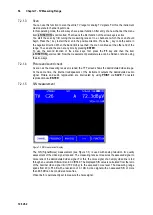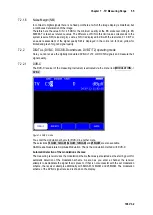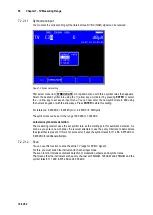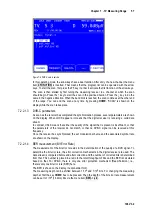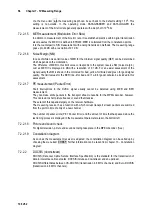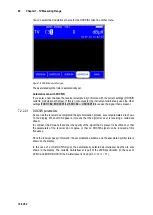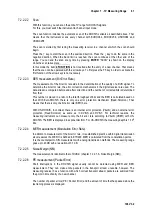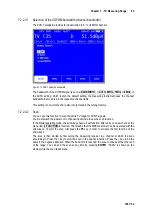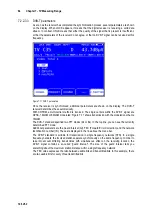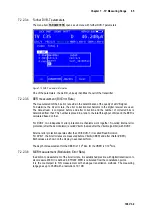
50
Chapter 6 - SAT Measuring Range
106 V3.2
LNB current measurement
6.4.6
For this, you must bring the measuring instrument into the default status of the SAT measuring
range. You can do this by pressing the
HOME
key. If an LNB supply is activated, the measuring
receiver measures the amount of DC current flow at the RF input socket (e.g. to supply an LNB)
and displays the current in mA on the left edge of the OSD. The measuring range spans from 0 -
500 mA with a resolution of 1 mA.
In Figure 6-24 LNB menu JESS a current of 8 mA is measured.
If the measuring receiver is tuned, the current indicator disappears from the display.
DiSEqC Script
6.4.7
Newer multiswitches for single-cable systems are programmable by DiSEqC-signals (like JULTEC
a2CSS series). Usually manufacturers provide special program adaptors and PC-software tools.
But this programming is also possible by this measuring receiver with the DiSEqC-Script function. A
set of DiSEqC commands according EN 50494/50607 can be easily edited in a common texteditor
end saved with the ending .dsq. You can get appropriate files from the manufacturer (e.g.
JULTEC). These files must be stored on an USB-stick which can be connected to the measuring
receiver. The script function sends the set of DiSEqC commands line by line over the RF-connector
to the DiSEqC-Unit.
Figure 6-26 DiSEqC Script
6.4.7.1
Do the DiSEqC Script
First, the device has to be in initial state (stop running measurements by pressing
HOME
).
Plug in the USB-stick, which containing the script-files, into the receiver and connect it to the
DiSEqC-Uint via RF-Connector. Selecting
LNB -> DiSEqC Script,
choose one of the “.dsq-files”
shown in the directory and pressing
ENTER
to start the function. A window shows the first
comment of the script file and the currently processed line. In the last line of the window a possible
DiSEqC-response is shown.

